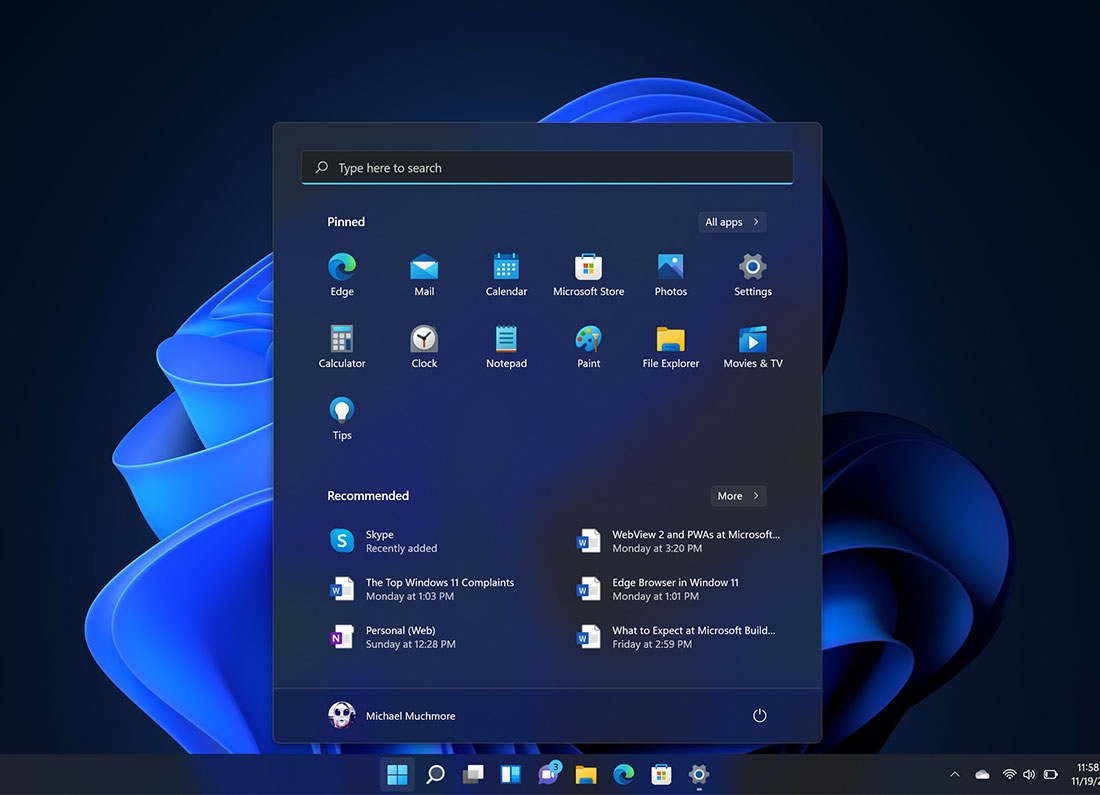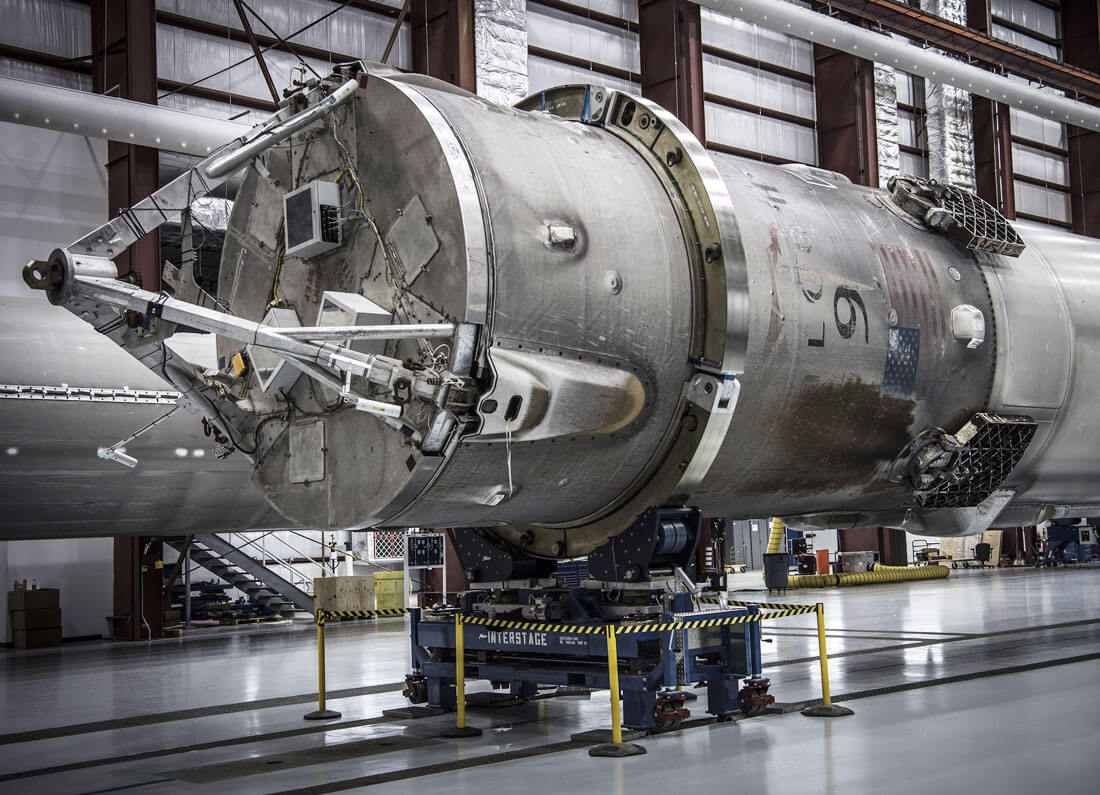Let’s go back in time as Microsoft commemorates its 50th anniversary. Although Windows has changed significantly over the years, many people are still unaware of some fascinating facts. You might be surprised by these historical facts about it.
Before being released in 1985, it was renamed “Windows” after being announced under that name in 1983.
Because the “Windows” moniker more accurately reflected the operating system’s primary functionality—which was predicated on the idea of graphical “windows” on the screen, a crucial component of the user interface at the time—the company decided to drop the “Interface Manager” name.
Ultimately, “Windows” was thought to be a more descriptive and approachable name for the program’s main function, which is the organization and display of information using windows.
Microsoft didn’t use the product key for activation until Windows 95. But even Windows 98 had a simple scheme for product keys. Although it wasn’t strictly enforced, users had to enter the product key during installation. You could frequently utilize the same key on several different machines.
in Windows XP and later versions, we began to notice notable changes in “Product Activation.”
Users of this system had to enable the operating system with Microsoft in addition to entering the product key. A distinct hardware- ID that was connected to the product key was created as part of the activation procedure.
This is a fascinating fact: Were you aware that the Windows 95 product keys 111–1111111 and 000–0000007 are legitimate? I discovered this knowledge in this stackmashing YouTube video.
The operating system was not a stand-alone system prior to Windows 95. In the past, Windows 1.0, 2.0, and 3.x were just graphical user interfaces that ran on top of MS-DOS.
When a computer was first powered on, MS-DOS would load first. Additionally, the graphical user interface had to be manually launched by entering “win” on the command line prompt.
Windows only offered a visual layer for computer interaction in these early versions, which mostly relied on MS-DOS for file access, memory management, and hardware connectivity.
Even though Windows 95 still had certain underlying dependence on MS-DOS, it was the first edition of Windows to become a stand-alone operating system. Although it included MS-DOS 7.0, the MS-DOS platform was eventually replaced.
But with the Windows NT operating system line (which includes Windows NT 3.1, Windows 2000, Windows XP, and later versions), the full break from MS-DOS actually occurred. These were created from the ground up to be independent of MS-DOS and were based on an entirely different kernel.
Briefcase was an integrated utility for file synchronization between two PCs prior to cloud storage. It was especially useful for people who used both laptops and desktop computers.
Copies of your data were kept in a dedicated folder called the Briefcase. You would utilize this unique folder to update the files after connecting the two computers (either over a network or a portable storage device) in order to synchronize the files. After comparing the files on the two computers, the Briefcase would transfer any modifications from one machine to the other.
But because the Briefcase was created during times when offline work and detachable media were more prevalent, as well as when cloud storage options like OneDrive and Google Drive also became more popular, it eventually became outdated and was discontinued. Originally released with Windows 95, the Briefcase was a feature of Vista, XP, and 7, however it was deprecated in Windows 8. The function was included in the initial release of Windows 10, but it was turned off by default. With the release of version 1703, it was eliminated, though.
True user profiles were not supported by the operating system prior to Windows XP. Despite being an optional feature, profiles in Windows 95 only saved desktop preferences and customized wallpaper. Furthermore, they did not provide strong security or individual user data storage.
The operating system Windows 98 was primarily intended to be used by one person.
Interesting fact. In Windows 95 and 98, the “My Documents” folder was located in the root of “C.”
Though it featured a login prompt, it lacked the user separation and security features seen in Windows NT and later versions.
With the advent of Windows NT, Microsoft established comprehensive user accounts with distinct settings and rights, laying the foundation for contemporary multi-user administration as it is present in the operating system today.
At its core, Windows 98 was intended to be a single-user operating system. Interesting fact. In Windows 95 and 98, the “My Documents” folder was located in the root of “C.”
Although it included a login prompt, it did not offer the same level of security and user separation as operating systems such as Windows NT or subsequent versions.
With the advent of Windows NT, Microsoft established comprehensive user accounts with distinct settings and rights, laying the foundation for contemporary multi-user administration as it is present in the operating system today.
User profiles were absent from MS-DOS and Windows 3.x and older versions.
Windows 11 still has some of the graphical applications that were first available in Windows 1.0. Despite their modernization, they nevertheless serve the same fundamental purposes.
- Calculator– This is the default calculator, but over the years, it has become an advanced calculator with different modes to perform scientific, graphic, programming, and other calculations.
- Paint– Originally called “Paintbrush,” it started as a monochrome editor and is now a full-color image editor with new AI-powered features.
- Notepad– A simple yet essential text editor that has remained a staple, but it’s now also powered by AI.
- Clock– What began as a basic time display has evolved into an alarm, world clock, and focus tool. However, Windows 11 also includes the Clock app.
- Control Panel– Though many settings have migrated to the modern Settings app, the Control Panel is still there for advanced tweaks.
- The “Format” dialog that is still available on File Explorer was originally written by Dave Plummer, a now-retired Microsoft engineer, and he has revealed that the code behind this interface remained pretty much unchanged for nearly 30 years.
- According to Dave, the tool’s interface was supposed to be a temporary solution as the development team was busy porting countless lines of code from Windows 95 to Windows NT. However, it appears that was one of the things that no one cared to revise later on, and after three decades, the code for the interface still remains unchanged.
- However, while the interface still remains the same, Microsoft is working on updating the FAT32 support to lift the 32GB limit and increase the compatibility up to 2TB. This long-overdue change modernizes the formatting process for larger storage devices.
Additionally, Dave might also be to blame if you’re wondering why the FAT volumes were restricted to 32GB. He said that he also had to determine the “cluster slack” limit, and that volumes utilizing the FAT32 file system were restricted to 32 gigabytes as a result of his choice.
Font rendering was unreliable and clumsy prior to Windows 3.1. Everything changed in 1992 when TrueType fonts were introduced.
Because of this functionality, Windows revolutionized desktop publishing and producing documents by enabling high-quality text rendering. Even now, Windows and other operating systems continue to make extensive use of TrueType.
Additionally, Apple helped guarantee TrueType’s widespread acceptance by giving Microsoft a free license.
V In the early 1980s, IBM engineer David Bradley invented the “Ctrl + Alt + Del” shortcut. It was initially created as a fast way to quickly and silently restart IBM PCs for debugging purposes while the project was being developed. (He never thought he would be well-known.)
The “Ctrl + Alt + Del” shortcut was later adopted by Microsoft to initiate a secure attention succession (SAS) on Windows NT. Bill Gates eventually said that he wishes there had been just one button, but it was too late to make that adjustment.
This is how the shortcut changed over the years:
- Windows 3.x & 9x (1990s):Soft reboot command (could restart your computer immediately).
- Windows NT & XP (2000s):Opens Task Manager (or login screen in domains).
- Windows Vista, 7, 8, and 10:Opens the security screen with Lock, Log off, Change a password, and Start Task Manager options.
- Windows 11:Opens the security screen with Lock, Switch user, Sign out, and Task Manager options.
From a developer tool to a fundamental system feature, the shortcut has been a part of the operating system’s history for decades. This shortcut is still a historical element that defines the Windows user experience, even though the software behemoth has added new ways to access Task Manager and security settings.
When Windows 1.0 was first published on November 20, 1985, versions 1.01 and 1.02 needed at least 256KB of RAM. Nevertheless, the need was raised to 320KB in versions 1.03 and 1.04.
To put things in perspective, 1GB is equal to 1,048,576KB, and the minimum memory amount for Windows 11 is currently 4GB, or 4,194,304KB. Nonetheless, 16GB, or 16,777,216KB, is typically the suggested size.
Furthermore, a hard drive was suggested but not necessary, and 720KB of storage space was the minimal amount needed.
Conclusion
Microsoft’s Windows operating system has seen significant changes since its 1985 launch, marking the company’s 50th anniversary. This operating system, which was once known as “Interface Manager” before being renamed “Windows,” revolutionized user interfaces at the time by introducing the revolutionary idea of graphical “windows” on the screen. With the advent of product keys and activation in Windows 95, a significant turning point was reached, opening the door for more stringent licensing guidelines in subsequent iterations. Prior to Windows 95, the operating system was primarily based on MS-DOS, with Windows 1.0, 2.0, and 3.x acting as graphical overlays on top of DOS. In the end, Windows 95 became the first standalone version, while Windows NT completely completed the shift from MS-DOS. While tools like the Briefcase for file synchronization have been taken out in favor of cloud storage options like OneDrive, Windows 11 still retains notable functionality from previous versions, like the Calculator, Paint, and Notepad.
Essential features like user profiles have been incorporated into the Windows operating system over the years, and Windows NT completely implemented them. While the famous “Ctrl + Alt + Del” shortcut, developed by IBM engineer David Bradley, has progressed from a developer tool to a fundamental system function, innovations such as TrueType fonts in 1992 transformed text rendering. The amount of memory and storage that Windows needs has also increased dramatically. Windows 11 now requires at least 4GB of RAM and 64GB of storage, whereas Windows 1.0 in 1985 only needed 256KB of RAM and 720KB of storage. Windows, which reflects Microsoft’s ongoing drive for innovation, has defined the computing experience from its modest beginnings to its current iteration. From its early user interfaces to its strong security and multi-tasking capabilities, Windows’ extensive history demonstrates how it has developed into a vital component of both consumer and professional computing.

















Leave a Reply